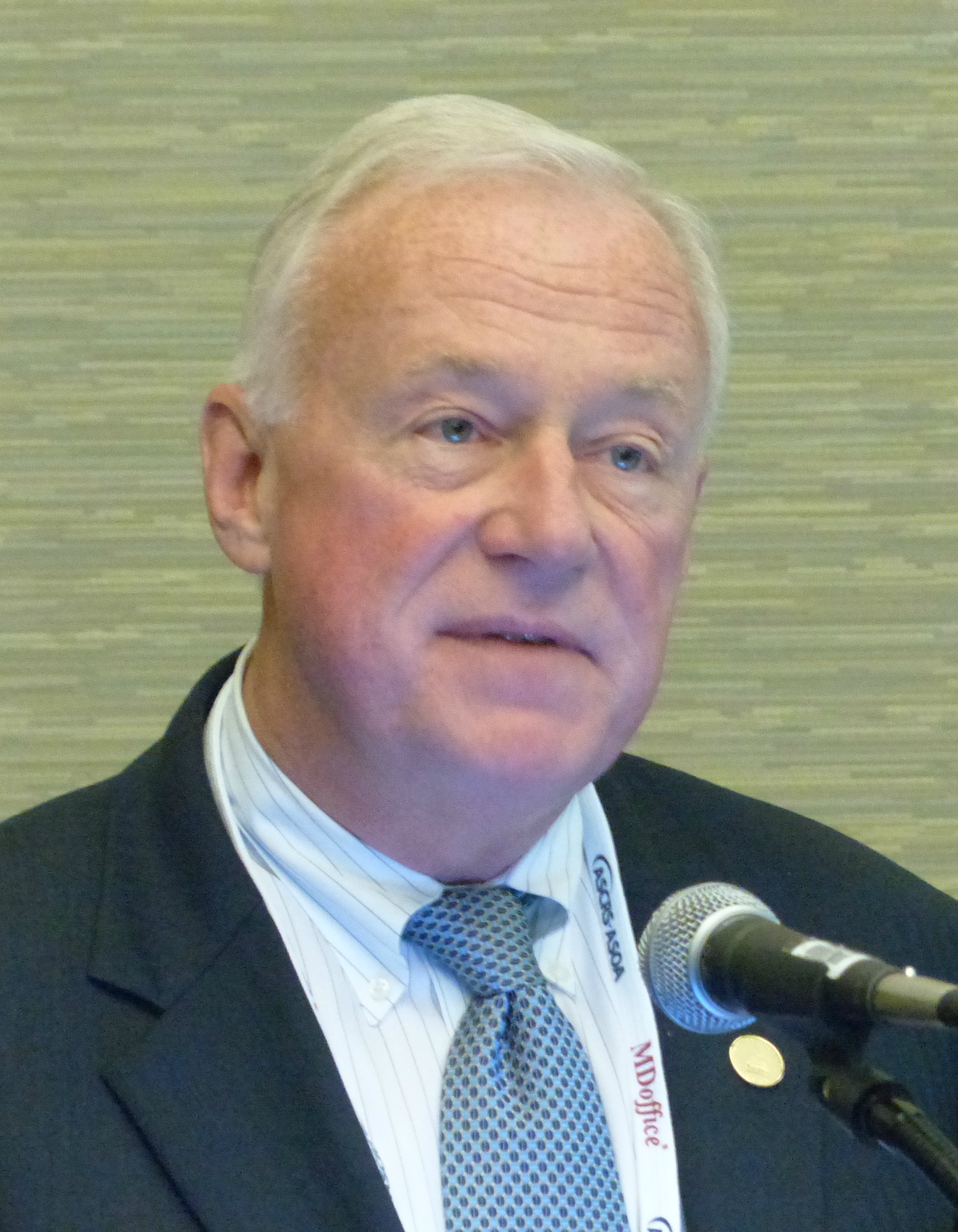Femtosecond laser studied for use in deep anterior lamellar dissection
Click Here to Manage Email Alerts
BOSTON — Deep anterior lamellar grafts for keratoconus and other anterior stromal pathology, in time, may be performed more successfully with femtosecond lasers and more reliably than the big bubble technique, according to a speaker here.
“The classic challenge of deep lamellar keratoplasty has been poor optical outcomes,” Roger F. Steinert, MD, said at the American Society of Cataract and Refractive Surgery annual meeting. “Why does that happen? I think it is primarily an interface issue.”

Roger F. Steinert
Manual dissection typically has poor optical outcomes, the problem with microkeratomes is depth control consistency, and the Anwar big bubble technique has variable success and may result in compression and Descemet’s folds, Steinert said.
A technique to improve outcomes may lie in incorporation of femtosecond laser into the procedure. Building on a concept he attributes to Jaime Martiz, MD, Steinert and colleagues are studying use of femtosecond laser for deep lamellar dissection, using widely spaced, low-energy pulses in multiple passes to generate a smooth dissection by confining gas expansion.
In fresh human corneas, Steinert and colleagues are using the IntraLase iFS 150-kHz laser (Abbott Medical Optics) to create wide spaced 10 µm by 10 µm spot spacing using low-energy pulses at 0.3 µJ to 0.45 µJ in multiple passes.
Recent results have shown that raster patterns are adequate, there is no benefit from spiral patterns, six passes result in near maximum effect, and there is no benefit from curved applanation interface compared with flat interface, Steinert said.
“We’re getting much smoother interfaces with the mini-bubble technique. We’ve looked at epithelium and don’t see any sign of damage,” Steinert said. “Clearly we still have to do human trials to evaluate the optical performance.”
Disclosure: Steinert is a consultant for Abbott Medical Optics.
